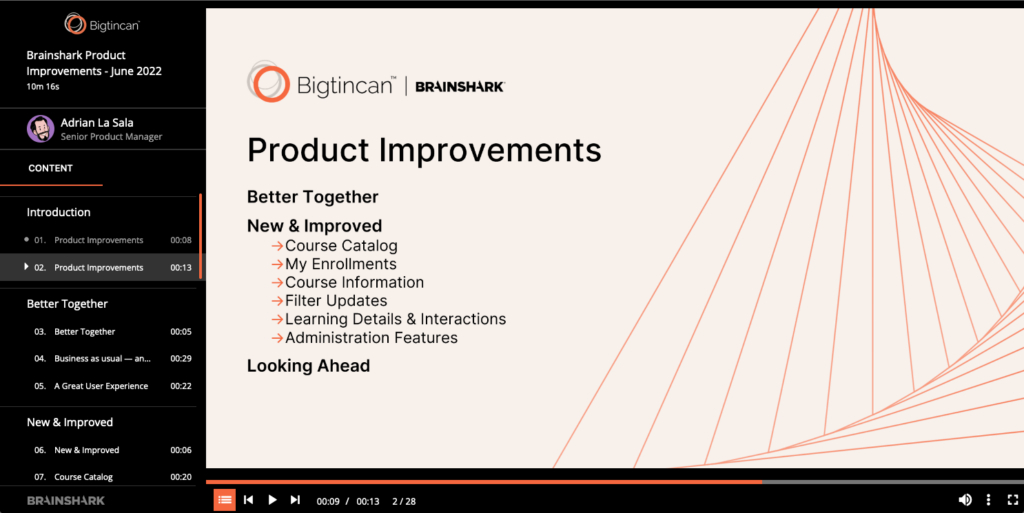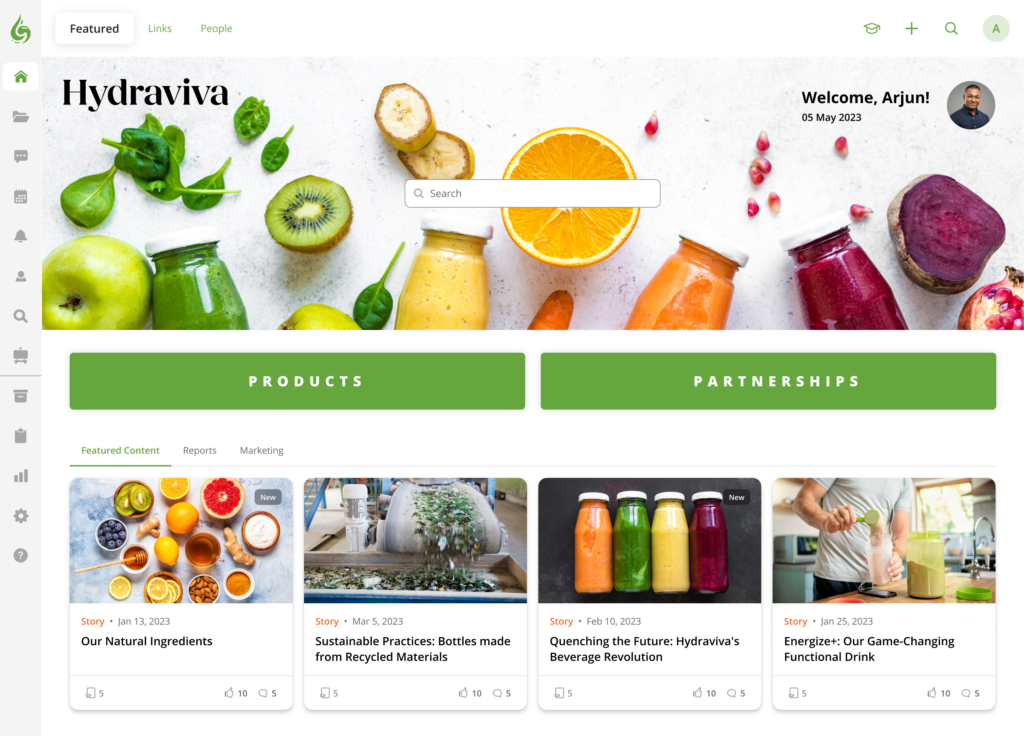The way channel sellers run their day-to-day operations is fundamentally different from the operations of a direct sales team. But their goals are the same as direct sellers: to deliver the best solution possible to their clients.
When they have dozens, if not hundreds, of products and services from multiple vendors to keep track of, getting your solution top of mind for these sellers is often easier said than done.
We cover the obstacles for channel partner sales programs and how to overcome them extensively in this article, with winning mindshare ranking as the top problem cited by channel managers.
Companies embracing a channel selling model may be asking themselves:
- How do you engage and educate sellers at large channel partners such as Best Buy, Walmart, ATT, Verizon and more?
- How do you get past the endless number of distractions, alternative tasks, and requests to take the training?
- How to effectively train diverse and distributed teams ranging vastly in age, experience, location, and other factors?
- How do you then monitor and measure training efforts for channel sellers to evaluate whether the partnership is working?
Considering all of these questions is overwhelming. But the combined solution is more straightforward than you may think.
When it comes to educating channel sellers, there are three key strategies that will improve engagement with your training content and ultimately, the revenue your partners bring in.
1. Keep content short and sweet.
Remember, channel sellers don’t and won’t spend as much time as your in-house reps learning your products. You’re just one page in their portfolio, after all.
So to make sure they actually make time for your products, make their time investment as small as possible while providing the most valuable information they need to pass on to the customer.
Leverage microlearning principles to get the key points across in short, interactive experiences. A 7-minute microvideo, like the product training video (also called a “Brainshark”) shown here, is more approachable and feasible than a 4-hour classroom-style training or even a 1-hour training video.

Some rules of thumb for creating and sharing microlearning content are:
- Keep any videos, presentations, or recorded sessions under 15 minutes, preferably under 10.
- The screen should change at least once a minute.
- Slides should have minimal text and the narration should not just read the words on the slides verbatim, but elaborate on them.
- Even though these are short, refrain from uploading too many — only include just-in-time microlearning videos for the most common or important topics.
- Make any written content skimmable with bullet points, headers, bolding, and small blurbs. Offering an AI tool with content summarization capabilities also increases the likelihood your content gets absorbed.
- Stick to the essential information.
- Offer next steps for expanding on the topic or use a platform that offers AI-driven content recommendations.
Get more sales enablement content best practices here.
Microlearning makes it easy for sellers to take in training in small chunks, which increases knowledge retention, and provides a more pleasant experience they’ll be more motivated to revisit.
In fact, research shows information retention jumps to 41% when learning duration drops to 15 minutes.
2. Communicate regularly.
Don’t let neglect cut into your revenue or spoil the potential for your partnerships.
Communicate to the channel on a consistent basis. Keep up a regular update cadence so people know that they are going to see something new at the same time every week. That way they can start to build it into their regular routine to keep engagement high.
Providing a shared portal where you can chat with partners, serve them new content, and track how often they login and use the content allows you to stay in touch, keep everyone updated, and take action to increase adoption when engagement is low.

Many emerging providers fail to proactively support their partners, expecting them to call or email for information or enablement materials when needed.
– from Gartner’s How to Enable Partners as a Tech CEO: Partner Portal or PRM System?
Be proactive. The strongest approach is to treat your partnership as a one-way street — one where you’re doing the driving. Don’t wait for partners to reach out to you.
3. Make the experience modern — and familiar.
Deliver the knowledge in a format that provides a similar experience to other apps modern channel salespeople are familiar with. The closer your training feels to consumer apps, the more likely they are to embrace them as they do their personal apps.
In their recent report, Top Predictions for 2023 and Beyond, Aragon analysts write, “Micro-video is here and along with it a surge of short form user generated content with all the comments that entails. Often called ‘TikTok for the enterprise,’ micro-video is starting to take shape with over three major providers launching products in 2022.”
IoT (internet of things) provider Digi International, for example, trains and communicates with their channel partners and customers using DigiGo, their custom-branded sales enablement application.
Their implementation has helped them achieve 2000% adoption and 182% revenue growth in the process.
Hear from their CEO, Channel Marketing Manager, and Cellular VP here:
Gamification is also a great way to encourage engagement in certain industries — think badges, leaderboards, earning points to redeem toward something exciting, and so on.
Sony Playstation, another Bigtincan client, uses gamification to great success when training partners and distributors, offering prizes and additional benefits to the highest performers. But consider your audience — gamification works great for reps at “game-minded” tech companies like Sony but might not be a great fit for a pharmaceutical company.
All in all the execution isn’t hard once you have the right strategy and solutions in place. It simply requires a reframing of the concept of channel partner engagement — make it simple, more human, and more fun.
